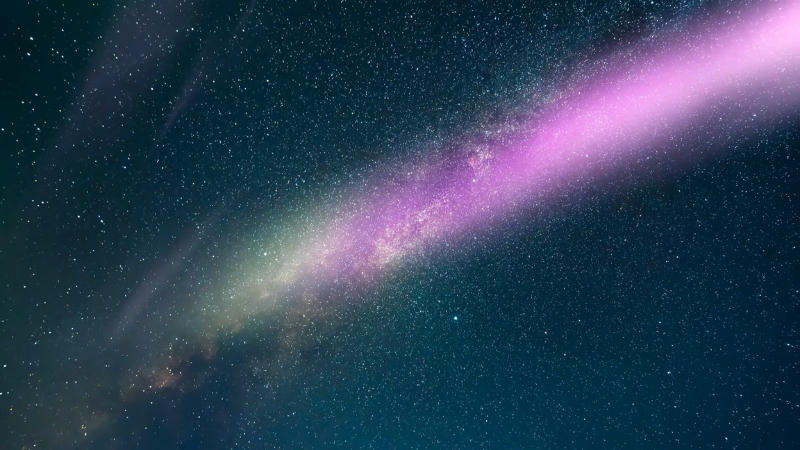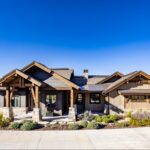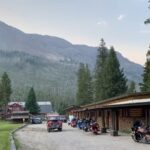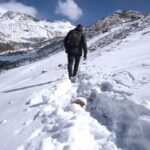Have you ever dreamed of watching vibrant waves of green and purple lights dance across the night sky?
Montana, famed for its vast open spaces and pristine wilderness, is one of the best places in the United States to turn that dream into reality.
The breathtaking shores of Lake McDonald in Glacier National Park the secluded Hyalite Canyon near Bozeman, Montana, offer unparalleled spots for aurora chasers.
1. Lake McDonald, Glacier National Park
Attribute
Details
Best Viewing Season
September to April
Ideal Conditions
Clear skies, minimal moonlight
Amenities
Lodging, camping, boat rentals
Activities
Boating, fishing, hiking, photography
Lake McDonald is undeniably Glacier National Park’s crown jewel and one of the premier Northern Lights viewing spots in Montana, according to sources.
Spanning approximately 10 miles in length, its glacier-carved landscape offers an extraordinary backdrop of lush evergreen forests and towering snow-capped peaks.
When conditions align—typically from late September through April—visitors are treated to breathtaking aurora displays dancing vividly across the northern horizon.
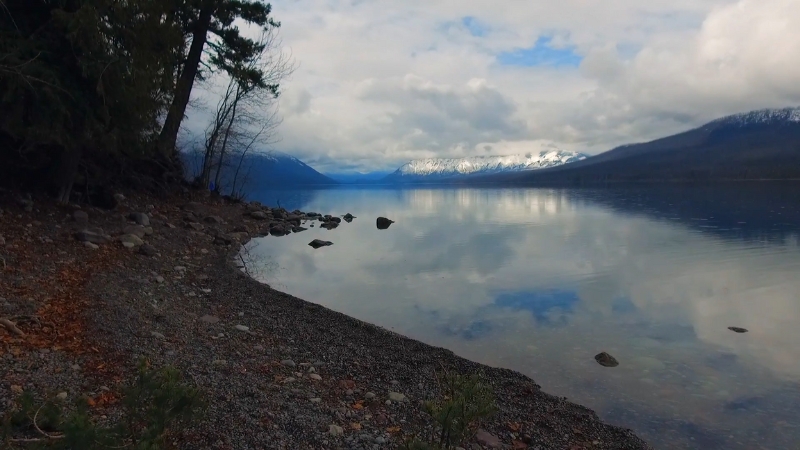
For a complete experience, consider staying overnight at Apgar Village to enjoy evening auroras and spend daylight hours exploring nearby trails, boating, or simply strolling along the pebble-filled shores of this iconic lake.
2. Bowman Lake, Glacier National Park
Attribute
Details
Best Viewing Season
Late fall to early spring
Ideal Conditions
Clear, cold nights with no moon
Amenities
Remote camping, backcountry sites
Activities
Canoeing, kayaking, fishing, hiking
Bowman Lake stands out due to its isolation and pristine wilderness setting, making it ideal for witnessing Montana’s spectacular Northern Lights.
Tucked away in Glacier’s less-traveled northwest region, this serene location experiences minimal artificial light pollution, providing near-perfect darkness essential for vibrant aurora viewing.
During the recommended viewing months—from late fall through early spring—the surrounding Livingston Range often becomes silhouetted by the ethereal glow of the aurora borealis.
Visitors staying at the remote lakeside campground can further enhance their experience by engaging in daytime adventures such as canoeing, fishing for trout, or hiking secluded trails, later rewarding themselves with an unforgettable evening beneath dazzling, starry skies and the mesmerizing dance of lights.
3. Kintla Lake, Glacier National Park
Attribute
Details
Best Viewing Season
October to March
Ideal Conditions
Remote, moonless, cloud-free nights
Amenities
Primitive camping, non-motorized boating
Activities
Kayaking, fishing, hiking
Kintla Lake, one of Glacier National Park’s remotest and most peaceful locations, offers extraordinary conditions for experiencing the Northern Lights in their purest form.
With a rugged wilderness setting free from human interference, visitors are enveloped by natural silence and deep darkness—ideal conditions for stunning auroral displays.
From October through March, the clear skies above Kintla Lake frequently become alive with swirling curtains of vibrant color, illuminating the rugged mountainous terrain and mirroring the tranquil lake surface.
View this post on Instagram
Daytime activities such as kayaking, hiking, or trout fishing perfectly complement this nighttime spectacle, providing a comprehensive wilderness retreat. Plan to camp at one of the primitive campsites to fully immerse yourself in this rare celestial experience.
4. Polebridge
Attribute
Details
Best Viewing Season
September through April
Ideal Conditions
Extremely dark skies, no electricity
Amenities
Rustic lodging, bakery, local dining
Activities
Wildlife viewing, hiking, photography
Polebridge is an authentic Montana gem located near the western boundary of Glacier National Park, renowned for its off-grid charm and exceptional dark skies.
This quaint community, devoid of electric lights, street lamps, and modern distractions, presents visitors with some of the darkest skies imaginable—perfect for vivid, detailed views of the Northern Lights.
@crystal.n318 Northern Lights in Polebridge, Mt I watched the Northern Lights dance in the sky until 3am. Such a tranquil feeling. I sat under the lights, thinking about my mother, and other family that I’ve lost. I know they had the best seat in the house, and I’m so thankful I got to watch too…. #polebridgemercantile #montana #northernlights #godshandywork ♬ Boundless Worship – Josué Novais Piano Worship
From September to April, aurora hunters gather here, drawn by the allure of clear skies filled with vibrant greens and occasional reds or purples.
A visit to the historic Polebridge Mercantile for legendary huckleberry pastries or local cuisine at the rustic Northern Lights Saloon complements your night-time viewing experience, making this spot ideal for adventurers seeking both authenticity and celestial magic.
5. Looking Glass Road (Highway 49)
Attribute
Details
Best Viewing Season
Fall and winter months
Ideal Conditions
Clear nights, unobstructed views
Amenities
Scenic overlooks, nearby accommodations
Activities
Scenic drives, photography, access to trails
Montana’s picturesque Looking Glass Road (Highway 49), running between East Glacier and Highway 89, provides several panoramic viewpoints ideally suited for observing the Northern Lights.
Known for its winding route through the Blackfeet Reservation and breathtaking vistas, this scenic drive offers unobstructed northern horizons essential for optimal aurora sightings.

To make the most of this experience, consider scouting the route by day, marking prime overlooks, and then returning at nightfall to witness the auroras gracefully illuminating the expansive Montana skies above stunning valley and mountain scenery.
Remember to bring camera gear, warm layers, and perhaps a hot drink to comfortably enjoy this unforgettable roadside spectacle.
6. Hyalite Canyon, Near Bozeman
Attribute
Details
Best Viewing Season
Late autumn through early spring
Ideal Conditions
Dark skies, minimal moonlight
Amenities
Camping, trails, boating, and nearby lodging
Activities
Hiking, fishing, ice climbing, photography
Just south of Bozeman, Hyalite Canyon is a favored local treasure renowned not only for recreational opportunities but also its exceptional dark skies ideal for Northern Lights observation.
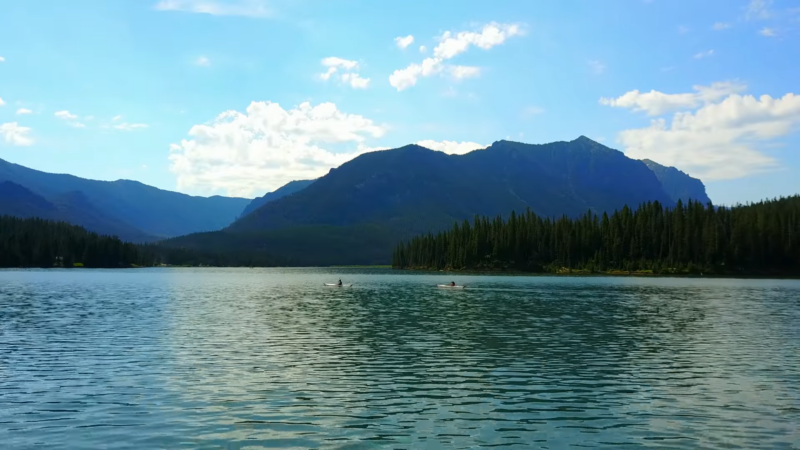
The reservoir itself, flanked by the impressive Hyalite Peak and rugged alpine landscapes, creates a remarkable setting to observe the dancing lights.
Visitors can enhance their stay by engaging in daytime adventures such as ice climbing, hiking to waterfalls, fishing, or cross-country skiing, making Hyalite Canyon an exceptional destination that seamlessly combines outdoor recreation with unforgettable celestial experiences.
7. Clyde Park
Attribute
Details
Best Viewing Season
October through March
Ideal Conditions
Quiet valley, minimal artificial lighting
Amenities
Local dining, small-town lodging nearby
Activities
Scenic photography, hiking, wildlife viewing
Located in Montana’s serene Shields Valley, Clyde Park offers expansive skies framed by the breathtaking Crazy Mountains and Bridger Range, ideal for witnessing the Northern Lights.
The valley’s minimal artificial lighting creates ideal conditions for vibrant aurora visibility, especially from October through March.
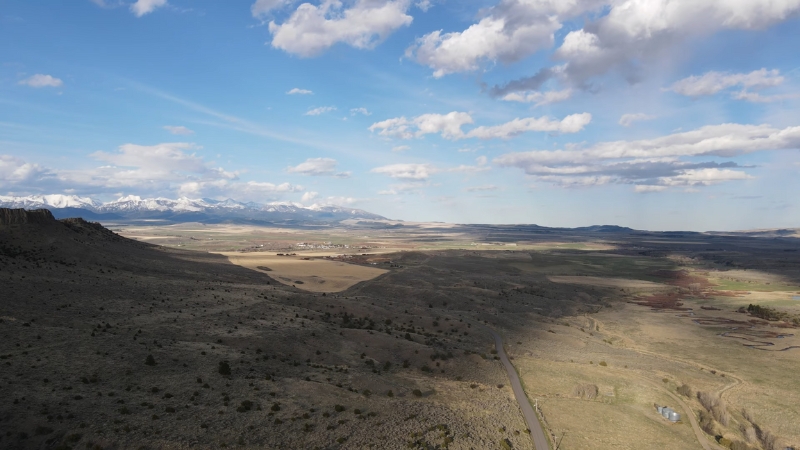
Visitors can immerse themselves in the local atmosphere by dining at charming eateries like Clyde Park Tavern, engaging in daytime hikes, wildlife photography, or enjoying scenic drives.
This combination of rural charm and natural spectacle makes Clyde Park a distinctively inviting spot for aurora enthusiasts seeking both authenticity and tranquility.
8. Mission Valley
Attribute
Details
Best Viewing Season
Fall through spring
Ideal Conditions
Open landscapes, clear horizons
Amenities
Nearby towns, cultural attractions
Activities
Photography, cultural visits, hiking, fishing
Mission Valley, nestled below the towering Mission Mountains on the Flathead Reservation, is among Montana’s most spectacular Northern Lights viewing areas due to its wide-open spaces and low horizon obstruction.
From autumn through spring, the clear skies of this culturally rich valley frequently showcase vivid auroral displays.
Visitors can combine aurora viewing with culturally enriching daytime activities like exploring historical sites, tribal museums, or local crafts and markets, providing a deeper understanding of the region’s rich Indigenous heritage.
The natural beauty of the area, including hiking trails, fishing spots, and wildlife-rich landscapes, complements the nighttime aurora experiences, making Mission Valley an ideal location that blends cultural exploration with natural wonder.
Nearby towns like St. Ignatius provide accommodations and cultural dining experiences, introducing visitors to authentic indigenous cuisine.
9. Whitefish Lake
Attribute
Details
Best Viewing Season
Late autumn to early spring
Ideal Conditions
Clear nights, moderate isolation
Amenities
Lodging, dining, boating rentals
Activities
Boating, hiking, skiing, fishing
Whitefish Lake offers visitors an exceptional blend of convenience and natural beauty for aurora viewing, situated near the charming town of Whitefish.
With moderate seclusion and relatively low light pollution, the lake’s northern shoreline provides ideal conditions for experiencing the Northern Lights between late autumn and early spring.
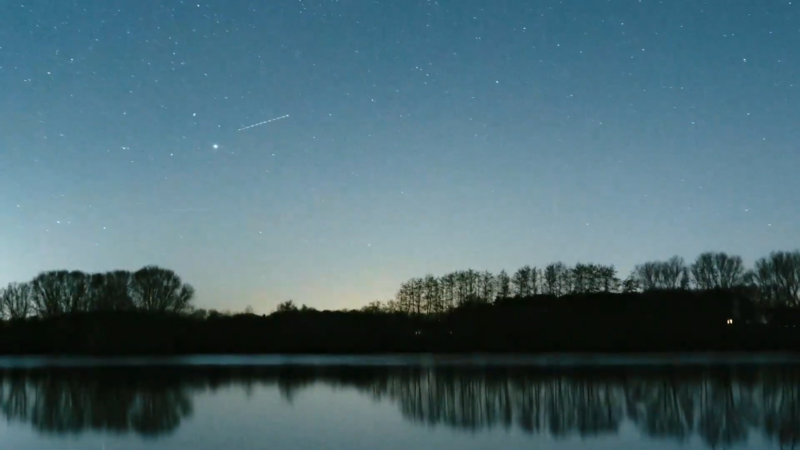
The proximity to local amenities—such as cozy lodging, restaurants, and recreational activities like skiing, boating, and fishing—makes Whitefish Lake especially appealing.
After enjoying daytime adventures, visitors can retreat to the lakeside in anticipation of the aurora’s brilliant reflection upon calm waters, creating a visually stunning experience rarely matched elsewhere in Montana.
10. Bigfork
Attribute
Details
Best Viewing Season
September to April
Ideal Conditions
Dark skies, minimal artificial lights
Amenities
Cozy lodging, fine dining, art galleries
Activities
Shopping, art tours, hiking, photography
Bigfork, a charming artistic village on the shores of Flathead Lake, is perfectly positioned to provide visitors with captivating Northern Lights experiences due to its dark northern skies and picturesque lakeside location.
Particularly vibrant between September and April, auroral displays frequently illuminate Bigfork’s expansive night skies, attracting photographers and nature lovers alike.
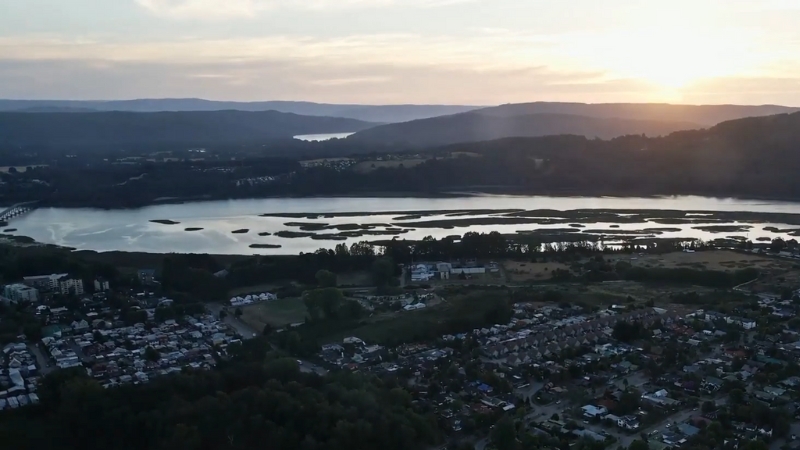
Visitors can fill daylight hours by exploring local art galleries, unique boutiques, restaurants, and scenic lakeside trails, making their stay richly rewarding.
As evening arrives, the lakeshore becomes an ideal viewing area where colorful auroras gracefully dance overhead, reflecting beautifully upon the expansive waters of Flathead Lake, providing an unforgettable end to each day in this charming Montana town.
Final Tips for Your Aurora Adventure
Conclusion
Experiencing the Northern Lights in Montana is truly magical, offering unforgettable moments beneath expansive, star-filled skies.
From Glacier National Park’s majestic lakes and quiet, off-grid communities like Polebridge, to easily accessible spots near Bozeman and charming towns like Bigfork, each location promises unique scenery and memorable experiences.
My first time seeing northern lights! In northwest Montana 💜 pic.twitter.com/H23fbB9rZP
— Imogene Cancellare, PhD (@biologistimo) May 11, 2024
Whether you’re an adventure seeker, photographer, nature lover, or simply someone chasing the beauty of the night sky, Montana’s diverse aurora-viewing destinations will leave you inspired and awed. Embrace the tranquility, immerse yourself in local charm, and let the mesmerizing dance of colors remind you why Montana is rightfully called Big Sky Country.
I’m Annabel, and traveling has always been my passion. My idea of fun? A lot of biking and hiking. From the Himalayas to the local hills, if there’s a path (or not), I’ve probably been there or it’s on my list.

